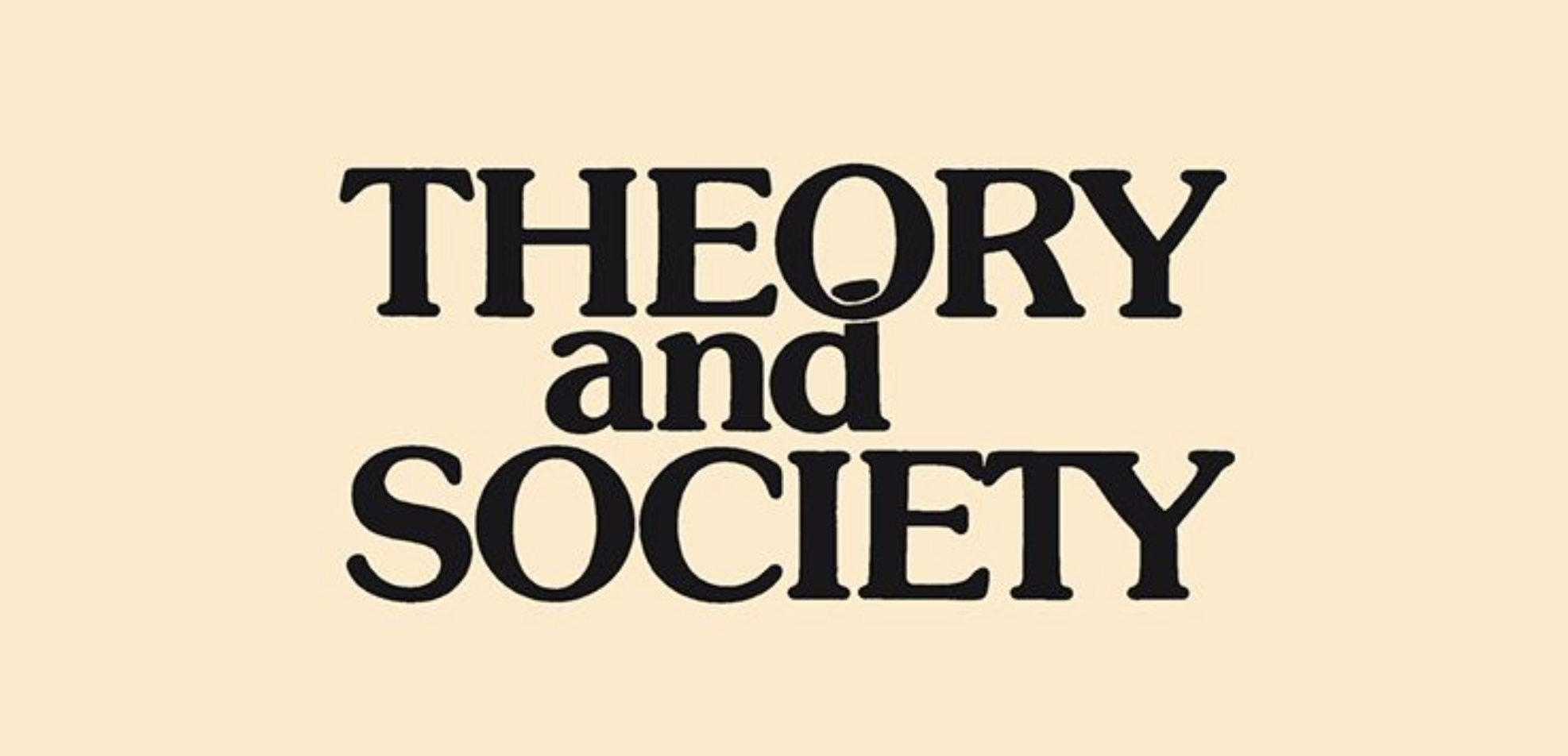The ethnographer and the algorithm: beyond the black box

The ethnographer and the algorithm: beyond the black box
Article by Angèle Christin
Theory and Society
15 August 2020, 22 pages
A common theme in social science studies of algorithms is that they are profoundly opaque and function as “black boxes”. Scholars have developed several methodological approaches in order to address algorithmic opacity.
Here Christin argues that we can explicitly enroll algorithms in ethnographic research, which can shed light on unexpected aspects of algorithmic systems, including their opacity.
She delineates three mesolevel strategies for algorithmic ethnography.
- The first, algorithmic refraction, examines the reconfigurations that take place when computational software, people, and institutions interact. It views algorithms as prisms that both transform and are transformed by the social dynamics around them.
- The second strategy, algorithmic comparison, relies on a similarity-and-difference approach to identify the distinct features of the technical instruments and their related uses
- The third strategy, algorithmic triangulation, enrolls algorithms to help gather rich qualitative data. It relies on algorithmic systems in order to gather those rich qualitative data, to reflect on one’s position in the network, and to disengage or not from the field.
She concludes by discussing the implications of this toolkit for the study of algorithms and future of ethnographic fieldwork.



